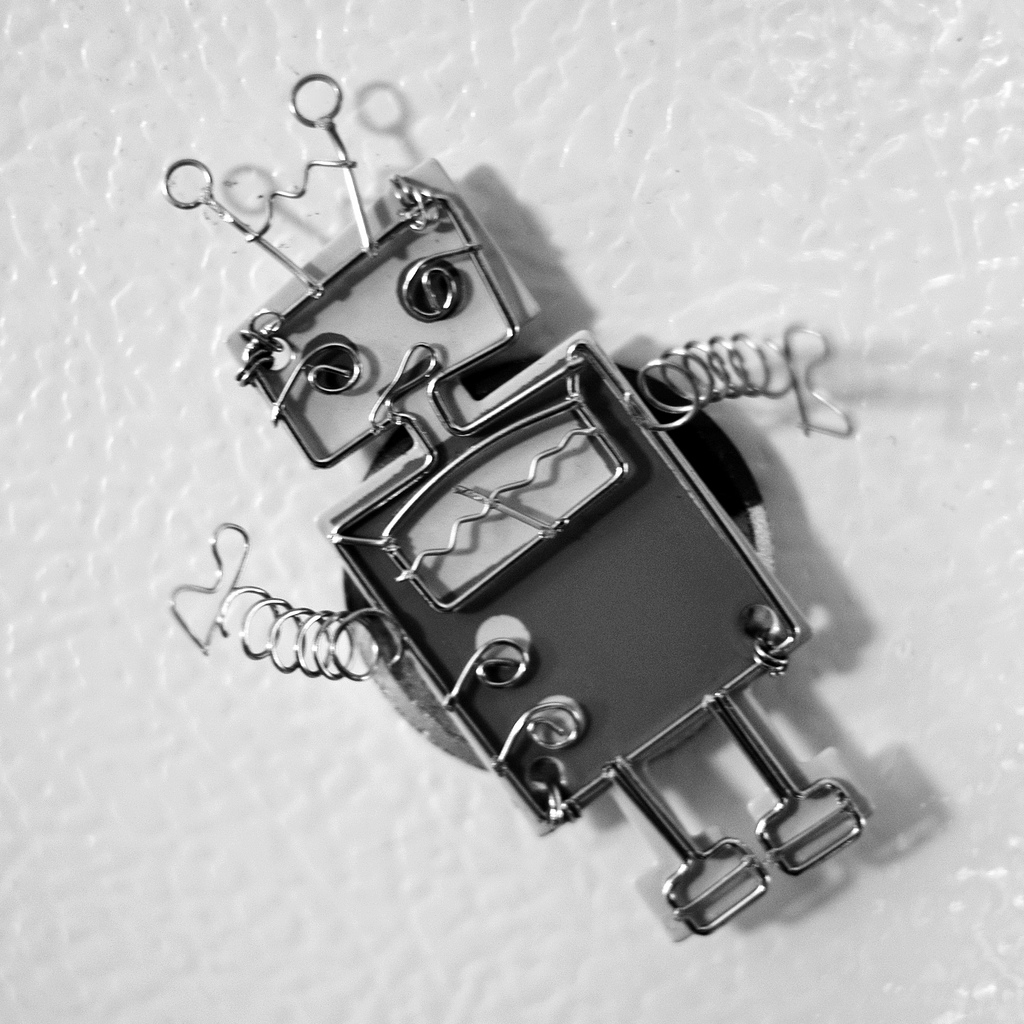
We all use robots, or robot-made products on a daily basis. Throughout recent history robots have replaced humans, eliminating the drudgeries of tedious, repetitive jobs and achieving new heights. It began in factories with menial manufacturing tasks, and today we already see it in many “white collar” jobs. If you think about it, robots build our cars and clean our houses, but today, we also enjoy the help of AI applications to automate finance, travel and legal processes; e-discovery software, used in law firms, has replaced document analysis and scanning formerly performed by paralegals; robo-advisors, such as Wealthfront and Betterment, replaced the expensive financial advisors and made financial advice accessible to everyone; and this is just the beginning.
Why do we need robots?
Technology is driving our lives, and we rely on it tremendously. New and traditional businesses invest heavily in technology, using it to constantly improve their efficiency and attractiveness. When we examine traditional businesses, such as in the public sector, the financial industry, healthcare, utilities and education, we notice that these businesses rely and greatly on and invest in IT.
To be able to respond to the growing demand for technology and its on-going improvement, these organizations are forced to hire more and more employees, resulting in an overwhelming increase in operational costs.
The problem is that as business-driven needs continue to grow, this becomes a never-ending cycle. Adding more developers to respond to this growing gap has become a non-scalable, non-profitable and non-sustainable solution.
Will robots replace humans?
To respond to market needs organizations will have to adopt more tools and more automation into their processes. Statistics show that enterprises are investing less in manual professional services and more in platforms and tools, hoping to reduce development time and costs and become more efficient.
To successfully replace IT workers and developers with “robots,” organizations must first identify the right opportunities; where there are massive manual investments with fairly simple decision making. Once the tool is trusted, more complicated decision-making processes can be automated, accelerating time-to-market and offering a simple and seamless way to respond to business needs and requirements.
The more advanced the AI implemented is, the more automation will ease the IT burden and more can be achieved. Robots, or robo-software will eventually replace developers (as well as other functions in the software development life cycle) and will prove to be the only solution able to support the ongoing demand.
Developers should support it — not be against it.
Many developers oppose automation tools, fearing for their jobs and in some cases their unique expertise. However, the truth is that most IT departments fall so far behind demand, that by accepting the usage of tools, platforms and automation, they will successfully and effectively prove their efficiency and capacity. As many initiatives are blocked today due to IT constraints, whether due to time or human resources limitations, AI, robots and robo-software must be adopted by both, high-level executives and on-the-ground developers for the benefit of the organizations as well as its employees.
Image credit: CC by Patrick_Lentz



